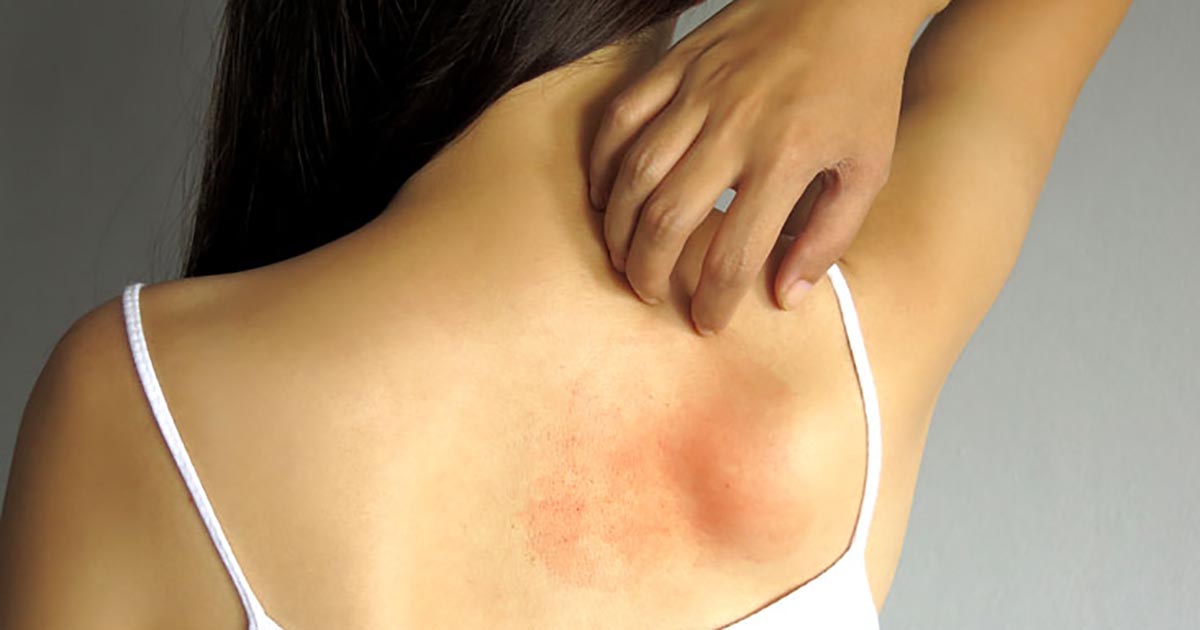How To Spot Onchocerciasis
Onchocerciasis occurs due to the bite of a sub-Saharan blackfly, and may also be called river blindness. When the black fly bites a human and ingests their blood, the microfilariae that exist in the fly enter under the skin of the individual who was bitten. The person usually needs to be bitten by several blackflies before an infestation takes place. While the infestation with onchocerciasis occurs immediately, signs of the resulting disease may not be noticeable for several months to years. While the disease can be noticed on the skin, in many cases, it isn’t diagnosed with certainty until an individual’s eyes and vision are affected. The disease frequently is found in the skin and lymphatic system of an individual, and it can also be found in the blood, sputum, and urine of someone who is infested too. Each of the larvae can live for ten to fifteen years in its human host, and females can continually produce for up to nine years. Get to know the most common symptoms of onchocerciasis now.
Itchy Skin Inflammation

Because the larvae infest the skin, it becomes inflamed and itchy. As the infestation remains untreated, it can spread and cause further inflamed skin and itching. One of the first symptoms of onchocerciasis may be an itchy skin inflammation that increases and doesn’t go away with the typical remedies for itchy skin. Also, if the individual’s skin has debilitating itchiness, inflamed and develops nodules, and especially if the patient has ever visited sub-Saharan Africa or South America, testing for onchocerciasis should be performed. Testing is crucial, as onchocerciasis remains one of the leading causes of infectious blindness in the world.
Reveal the next symptom of onchocerciasis now.